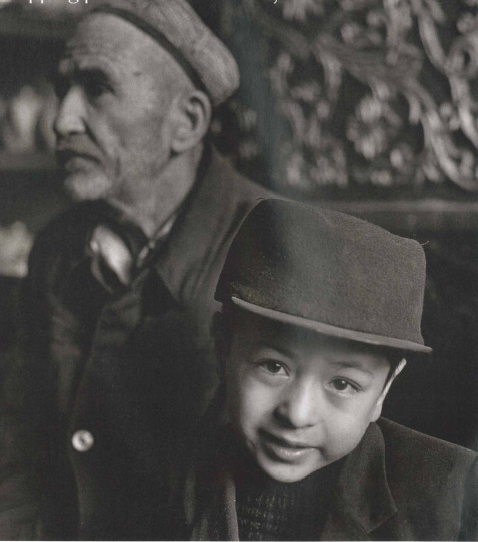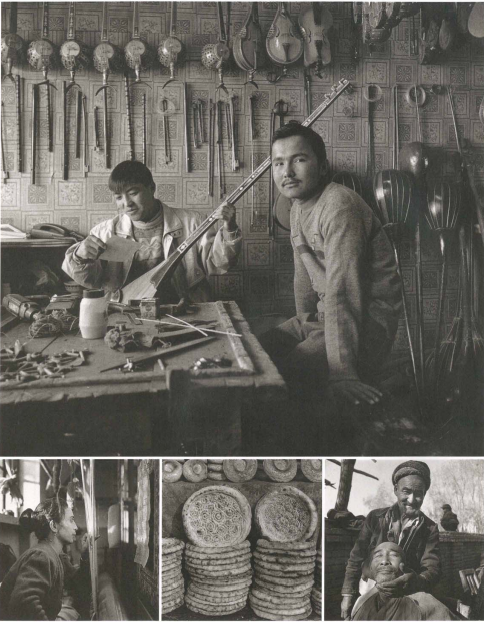everythingcentralasia: Kashgar China’s Western Doorway (November/December 2001) Today, over 77
everythingcentralasia: Kashgar China’s Western Doorway (November/December 2001) Today, over 77 percent of Kashgar city’s 325,000 citizens are Uighur Muslims. The surrounding Kashgar prefecture, with an area of 141,000 square kilometers (54,500 sq mi), has more than three million Uighurs in a total population of 3.3 million. Most of them claim descent from Karabalghasan, the early Uighur kingdom in what is now Mongolia, which was conquered by Kyrgyz tribesmen in AD 840. The Uighur fled south and dispersed in the oasis towns surrounding the Taklamakan Desert, where they had maintained trading relations along the ancient Silk Road. They established Turpan as their new capital and Kashgar as one of their most important trading centers. The regularity of the caravan trade between the oases of Marv, Balkh, Bukhara, Samarkand, Kashgar, Turpan, and Khotan with the distant European and Asian capitals placed Kashgar in a central role as economic broker and cultural mediator, and the Uighurs’ far-flung kingdom flourished until the coming of the Mongols in the 12th century. Islam had arrived in Kashgar by the 10th century, and the city became a center of Islamic learning, producing among others one of the greatest Muslim scholars and lexicographers of the 11th century, Mahmud al-Kashgari, who wrote “Diwan Lughat al-Turk” (Compendium of the Turkic Dialects), since translated into 26 languages. He was buried just outside the city, in the village of Upar. … Vast energy and mineral resources in the region have made the oasis city an important part of China’s “Great Western Development” campaign, launched two years ago, and increased its importance to China’s modernization goals. But in spite of the country’s official policy of religious freedom and the cultural-preservation programs enshrined in Chinese law, the Uighurs’ main challenge in the 21st century will be to maintain cultural and religious continuity with those vibrant institutions and traditions of the past that made Kashgar a diverse and welcoming stopping-place for the weary traveler on the Silk Road. Increasing Han Chinese migration to the region, developing cross-border trade with the new Central Asian states and growing international tourism—the modern continuation of the themes of Kashgar’s 2000-year history—have once again opened the city to an array of international influences. One can only hope that Uighur and other local cultures will continue to flourish and develop in this new period of globalization. Read More See the article and more photos -- source link
Tumblr Blog : everythingcentralasia.tumblr.com






